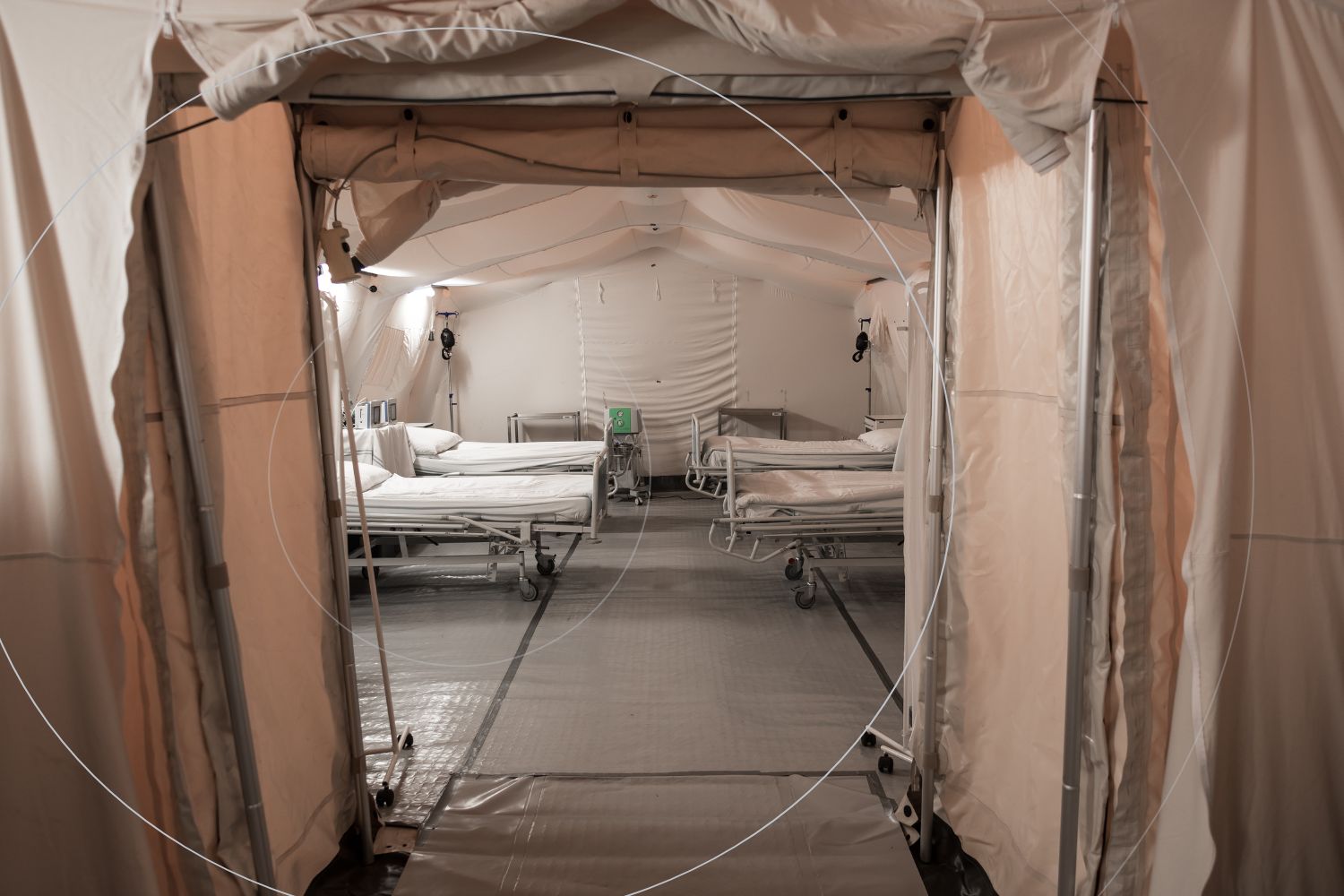Conflict and antimicrobial resistance

Antimicrobial resistance (AMR), the ability of microorganisms such as bacteria, viruses, fungi, and parasites to survive treatments designed to eliminate them, is often framed as a slowly developing global threat. But in the context of war, conflict zones become epicentres for the rapid emergence and spread of resistant organisms. And the problem doesn’t stay contained. What begins on the battlefield can quickly ripple across borders. As highlighted in the first-hand testimonies shared through the Fleming Initiative webinar, we summarise the take home messages from the webinar below:
Without diagnosis, and out of time
On the ground healthcare providers work with limited resources, intense pressure, and little or no access to diagnostics. Even minor injuries can become life-threatening by the time a patient reaches medical care, due to delays in treatment, exposure to contaminated environments, and the absence of basic sanitation.
As a result, many wounds are already infected, complex, and difficult to manage by the time a doctor is able to see them. In these conditions, doctors are often forced to act without the information needed to guide treatment. Broad-spectrum antibiotics are administered immediately, not based on diagnosis but out of necessity. This approach may be the patient’s only chance of survival. Yet, while essential in the moment, it contributes to the long-term spread of resistance.
When antibiotics are used without precision, resistant strains are more likely to survive and multiply. Healthcare in conflict-affected areas is a race against time, and those in the field are often working in the dark. Without diagnostics, without infrastructure, and without alternatives, the overuse and misuse of antibiotics becomes, in the absence of better options, unavoidable.
The unseen passenger of humanitarian emergencies
In the chaos of armed conflict, the foundations of infection control, sanitation, clean water, diagnostics, and functioning healthcare systems often collapse. These conditions create the perfect environment for antimicrobial resistance (AMR) to emerge and spread rapidly.
Supporting those caught in conflict is a matter of humanity, not choice. Evacuating the wounded and sheltering displaced populations is essential. In the aftermath of violence, civilians seeking refuge, severely wounded soldiers in need of specialised treatment abroad, and humanitarian workers operating across regions all reflect the movement and urgency that define crisis response. Amid these vital efforts, resistant organisms can also move, often silently, beyond the borders of conflict zones.
This underscores a crucial truth. AMR in areas of conflict is not a distant or contained issue. It is a public health burden shared by all of humanity. In a deeply interconnected world, resistant pathogens can move faster than we can respond, unless we act collectively and urgently.
Summary
The conditions created by armed conflict, from overwhelmed healthcare systems to environmental disruption, form a unique and urgent risk factor in the spread of antimicrobial resistance. It’s not a hypothetical concern, observations from multiple conflict zones show a clear pattern of resistance emerging and moving beyond the immediate area of war.
Acknowledging and addressing AMR in these settings is essential to protecting both immediate survival and long-term health.
To learn more from researchers and aid workers through their own research and stories, please watch the webinar hosted by the Fleming Institute via this link: Webinar: AMR in Conflict Settings – Exploring Linkages (English-language session, May 21st 2025)
Stay updated with our newsletter
Sign up to receive the latest blog posts and updates directly in your inbox.

